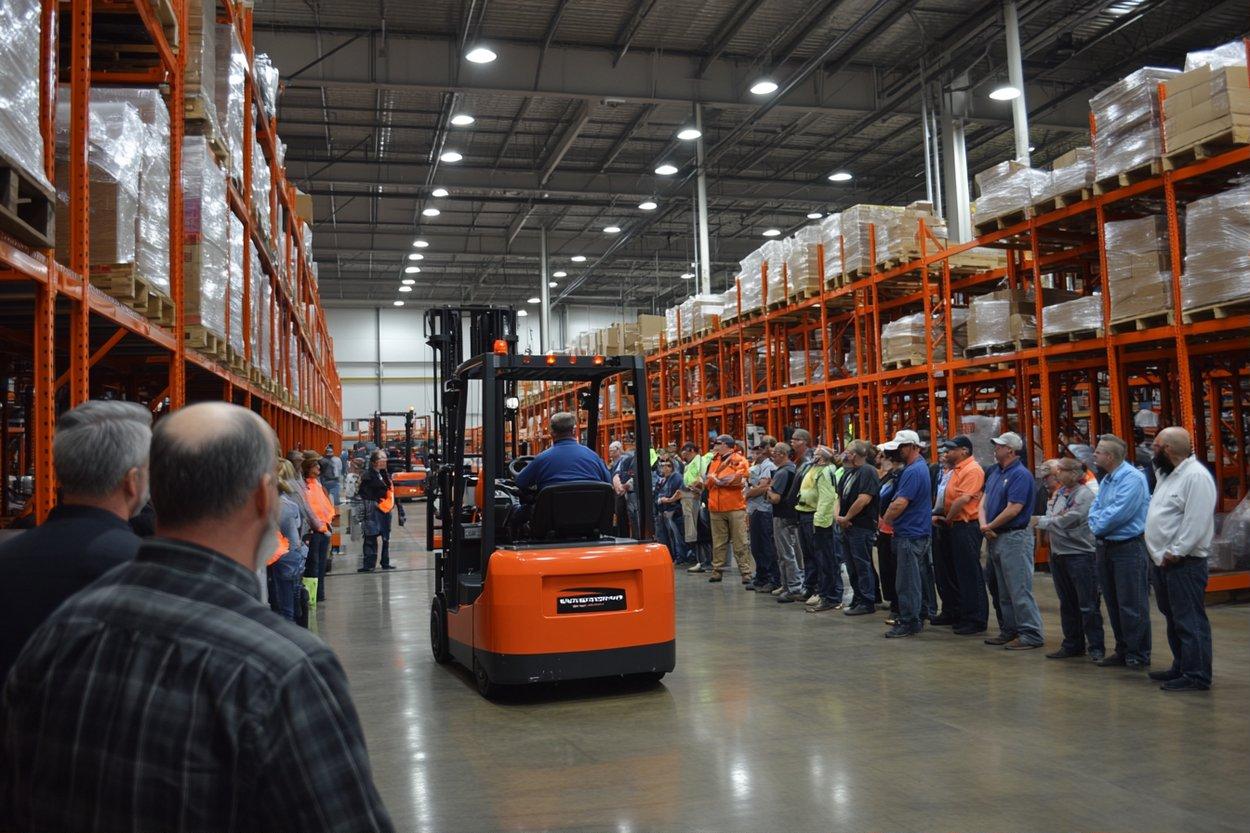Decoding the Dynamics of DSL: Its Impact on Modern Connectivity
The Digital Subscriber Line (DSL), a technology that has been with us for decades, continues to play a pivotal role in telecommunications. With the ability to transmit data over traditional copper telephone lines, DSL has transformed the way we understand and utilize internet connectivity. Let's delve into its history, its impact and how it continues to shape the telecom industry.

The Origins and Evolution of DSL
The journey of DSL began in the late 1980s, when it was developed as an alternative to dial-up internet connections. Initially, its speed was only marginally better than dial-up, but as technology evolved, so did DSL. It achieved faster speeds by utilizing higher frequency bands, enabling simultaneous voice and data transmission over the same line.
The Contemporary DSL Landscape
Even in today’s world of fiber optics and 5G, DSL remains relevant. It serves as a cost-effective solution for internet connectivity, especially in regions where advanced infrastructure is lacking. Recent regulatory changes have also impacted DSL services, with telecom providers given more flexibility to manage their networks, allowing them to offer tailored services to different customer segments.
DSL: A Game Changer in Telecommunications
DSL’s ability to provide high-speed internet over existing telephone lines revolutionized telecommunications. It opened up new possibilities for businesses and consumers alike, enabling video streaming, online gaming, and e-commerce. However, it’s not without challenges. Its speed can be affected by the distance from the central office, and it is less efficient than modern fiber optic networks.
The Practical Applications of DSL
DSL has found diverse applications across sectors. It powers broadband services to homes, supports surveillance systems, and enables businesses to create Virtual Private Networks (VPN). The advent of VDSL (Very-high-bit-rate DSL) and ADSL (Asymmetric DSL) has further expanded its capabilities, offering faster download speeds.
The Future of DSL in the Era of Advanced Connectivity
While DSL may seem like a technology of the past, it’s far from obsolete. The development of newer DSL technologies like G.fast promises speeds comparable to fiber optics, ensuring DSL’s relevance in the future. Moreover, its cost-effectiveness and widespread availability make it a critical asset in bridging digital divides, especially in developing countries.
In conclusion, while DSL may not be the most cutting-edge technology, it has undeniably shaped the telecommunications landscape. Its versatility, affordability, and adaptability continue to make it a viable option for internet connectivity, underlining its enduring significance in our digital world.




